There was nothing subtle about Jill Biden’s fashion statement last Monday: the word “VOTE” was spelled out in silver capitals on her black, knee-high boots as she accompanied husband and Democratic presidential candidate Joe to the ballot box in a Delaware primary.
Biden’s boots were designed by Stuart Weitzman, with 100% of profits going to public awareness campaign I am Voter. In the run-up to a momentous presidential election in November, they are just the latest example of the word ‘Vote’ becoming the only slogan worth wearing in the US this autumn.
Last month, a gold “V-O-T-E” necklace, worn by Michelle Obama during her speech at the digital Democratic National Convention, went viral online.
Meanwhile, music phenom Lizzo has designed her own “VOTE” mask, in collaboration with sunglasses brand Quay, of which she said: “The power of voting in midterm and local elections wasn’t something I was taught in school. I want to be part of informing future generations of our power.”
Michelle Henry
(@LawTweets1)
Lizzo’s Latest Quay Collection Features Good-as-Hell Sunglasses — and a «Vote» Face Mask — POPSUGAR Australia https://t.co/iShUzhFp71
August 13, 2020
Other political figures ranging from actor and activist Cynthia Nixon to Hillary Clinton have been photographed wearing “Vote” face masks.
And not to be outdone, Mariah Carey, Bella Hadid and Samuel L Jackson have posed in “Vote” and “Your Voice Matters” T-shirts of late.
A raft of designers and retailers are in on the action, from vote-branded earrings doing brisk business on Etsy to Levi’s “VOTE” hoodies and Michael Kors’ “Vote” T-shirts, which raise money for the National Association for the Advancement of Colored People (NAACP) Legal Defense Fund.
Patagonia joined in, stitching the words “Vote the assholes out” into the labels of its shorts.
This trend is no accident. Much of the merchandise has been prompted by campaigning organisations and seeks to attract and persuade younger people, who are traditionally under-represented in voter registration.
“We very intentionally work with retailers who reach young demographics,” said Andy Bernstein, executive director at HeadCount, a voting advocacy group that works with brands such as American Eagle Outfitters.
The organisation has also distributed “Vote” masks to musicians and social media influencers, including singer Kesha, who was later spotted wearing it in public.
“Fashion drives culture and cultural shifts drive voter turnout,” Bernstein added.
Michelle Obama’s non-profit organisation When We All Vote has played a pivotal role in the popularisation of “Vote” fashion.
It’s adopted the cadences of the streetwear industry – launching heavily-trailed, limited edition merchandise in bursts or “drops” – to sell baseball caps, joggers and even a “Vote”-themed vegan lipstick.
“When people feel as if their voices aren’t being heard, culture steps in to be the voice of the people, a constructive outlet and catalyst for change, whether that’s through music, content or fashion,’ said Crystal Carson, When We All Vote vice-president of culture, communications and media partnerships.
The organisation hopes to reach millennial and generation Z voters in particular, she added, ushering them to the polls whether they buy the merchandise or see it on influencers, artists or other high-profile figures.
“Creating a conversation around voting is just as important as talking about it directly,” Carson said, and pointed out that the products had been chosen very carefully to include “black-owned and woman-owned businesses. We wanted to ensure that our product reflects the ever-increasing [young] and diverse electorate.”
The US has one of the lowest voter turnout rates among developed countries, with just 56% of eligible people voting in the 2016 election according to the Pew Research Center.
Young people have long been particularly under-represented. They could be pivotal to this election if they register in droves, however, with millennials matching ageing baby boomers at 27% of the electorate.
Generation Z makes up one in 10 eligible voters, according to Pew, which also predicts that the electorate will be the most diverse ever, with a third of eligible voters being people of colour.
The use of simple, digestible, online-sharable slogans on clothing feels precision-targeted to an election season in which the coronavirus pandemic has limited opportunities for real world campaigning.
“So much of our communication is digital,” said Abby Kiesa, director of impact at Circle, a group researching young people’s relationship with civic engagement. “People are looking for many different avenues and channels to reach a wide group of people in the US. These identity-related cultural pieces are a part of that.”
Many items come with embedded QR codes which can be scanned and send shoppers straight to voter registration forms, which is crucial for the products to have the intended impact, Kiesa said.
“Young people are doing a lot of identity creation – making statements about where they stand on things. They are really savvy about storytelling using digital media – clearly this is something which can be integrated into that storytelling.”







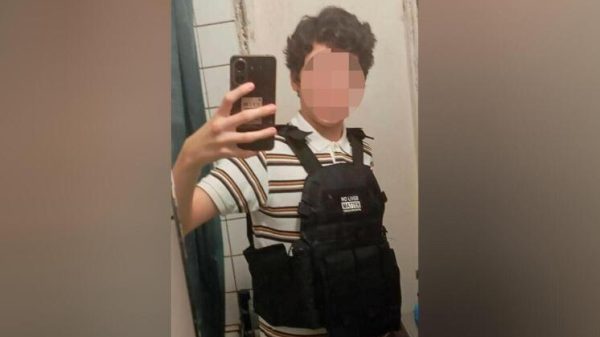





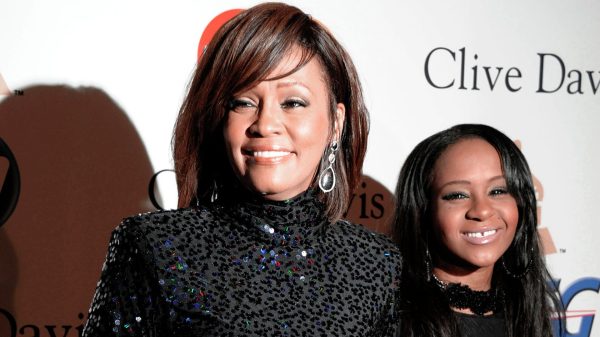

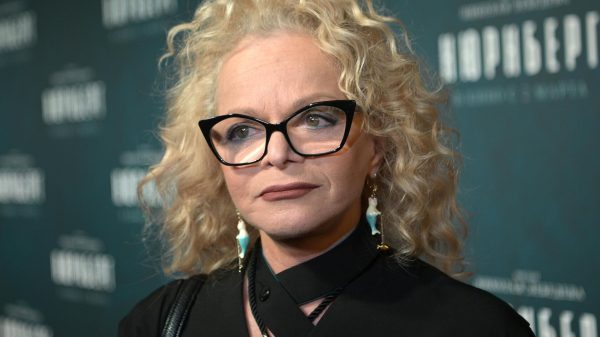



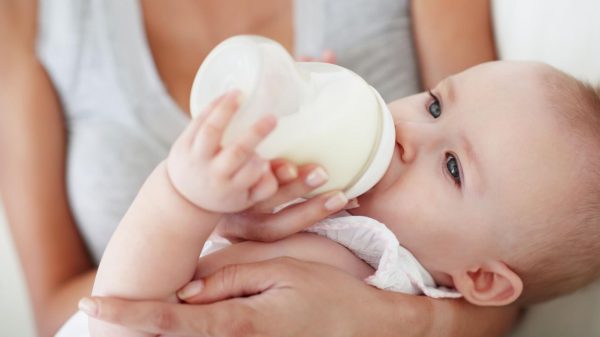








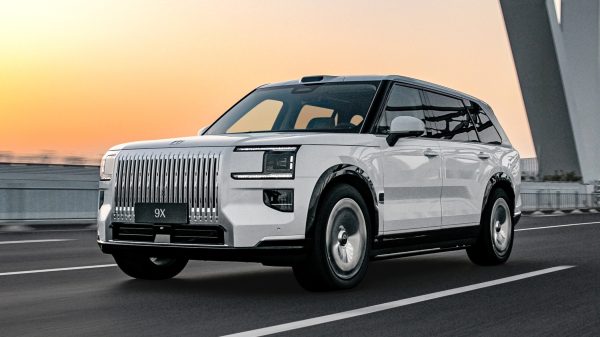

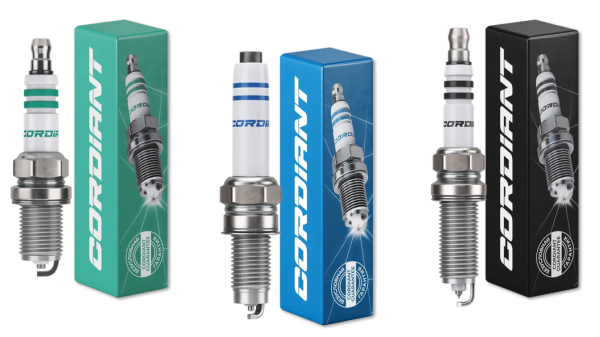



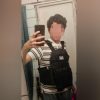












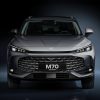

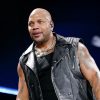



Свежие комментарии